PSI is the most basic unit for measuring pressure in the FPS unit system which is widely used in the United States and European countries. Most of household sporting goods, pressure transducers, etc use the unit PSI which stands for pounds per square inch. PSI signifies the pressure resulting from one pound-force applied to one square inch area. The mathematical symbol for PSI is “lb/in2” and it expresses the unit of pressure or stress. One psi is approximately equal to 6,894.75729 Pa (Pascal)
There is two widely used specific form of pressure measurement under PSI. They are PSIA and PSIG.
What is PSIA?
PSIA is the most common and referenced form of pressure measurement that stands for pounds per square inch absolute. Absolute pressure is defined as the pressure relative to zero or absolute vacuum. PSIA is used on engineering documents like P&IDs.
What is PSIG?
PSIG which stands for pounds per square inch gauge is also used extensively. Gauge pressure is defined as the pressure relative to the ambient atmospheric pressure. PSIG is used for instrument pressure gauges in equipment, oilfield valves, regulators, etc.
Refer to the image in Fig. 1 that clearly explains the concept of PSIA vs PSIG and absolute pressure and Gauge Pressure.
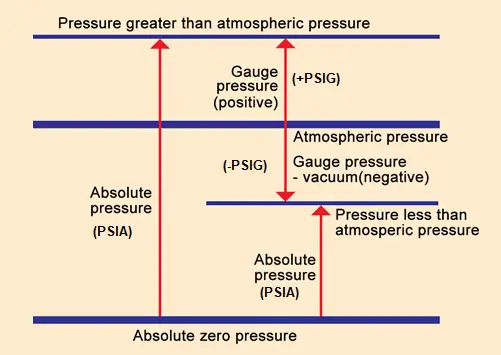
What are the differences between PSIA and PSIG? PSIA vs PSIG
From the above discussion, we can interpret the main differences between PSIA and PSIG as follows:
- PSIA is the unit of pressure measurement in the English system relative to absolute zero or full vacuum pressure (0 PSI) whereas PSIG is the unit of pressure measured relative to atmospheric pressure.
- PSIA is always greater than PSIG.
- PSIA indicates the total pressure, whereas PSIG indicates the pressure relative to the atmospheric pressure at the location. In absence of data at the exact location, the atmospheric pressure of sea level (14.7 PSIA) can be used.
- PSIA does not change with altitude but PSIG changes with a change in altitude as less air molecules will be present at higher altitudes to create pressure.
- PSIA can never be negative but PSIG can be negative. Vacuum pressures in PSIG below atmospheric pressures are negative.
How do I Convert PSIG to PSIA? | PSIA to PSIG and PSIG to PSIA Conversion
It is easy to convert from PSIA to PSIG and vice versa. The formula that describes the relationship between PSIA and PSIG is:
PSIA=PSIG + 1 Atmospheric pressure
PSIG=PSIA – 1 Atmospheric pressure.
So by knowing the atmospheric pressure of any location, you can easily convert pressure from PSIA to PSIG or vice versa. At sea level, the above equation can be written as
PSIA=PSIG + 14.7
PSIG=PSIA-14.7
Should I use PSIA or PSIG?
If the measured pressure is not affected by the changes in atmospheric pressure then you should use PSIG or gauge pressure. Some typical applications are for measuring pneumatic pressure, hydraulic pressure, or the level of liquid in an open tank, etc. The P&ID and Line lists of oil and gas industries usually provide pressures as PSIG.
On the other hand, if the atmospheric pressure affects the measured pressure then you should go for measuring absolute pressure or PSIA. For example, To measure pressure in a closed system or closed container, To measure the atmospheric pressure (weather prediction), and To assess altitude in aeronautical applications, you should use an absolute pressure gauge to measure PSIA. Research laboratories, Food packaging industries, etc use PSIA extensively.
Is 0 PSI a Vacuum?
A vacuum is defined as a partially exhausted space. Vacuum pressure is defined and measured relative to the ambient atmospheric pressure. Usually, air pumps are used to remove air from a confined space and thus create a vacuum. We learned that 1 atmosphere is roughly 14.7 PSIA. So, if the atmospheric air is removed from the space the pressure will fall below 14.7 PSIA and the Vacuum will start to create. Once, the full air is removed from a confined space, it will reach 0 PSIA which is known as the full vacuum.

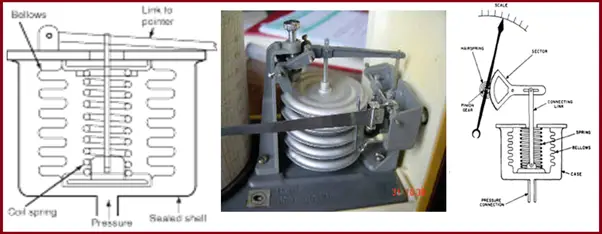
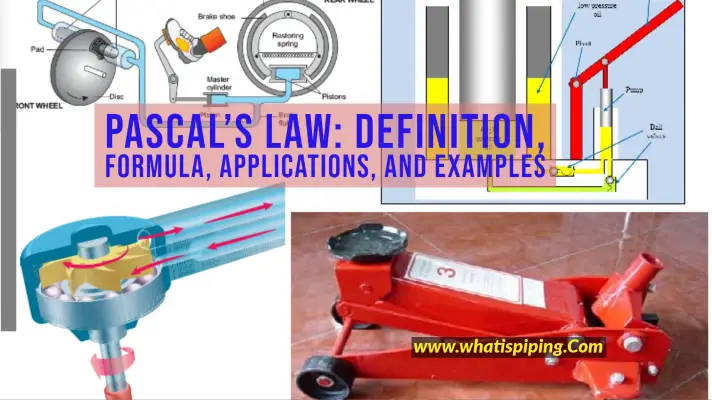
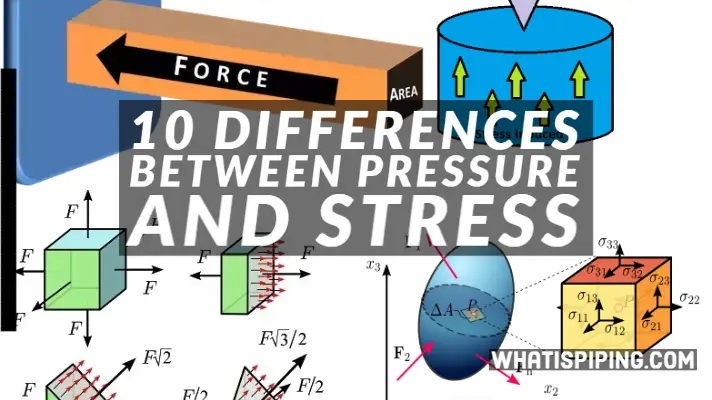
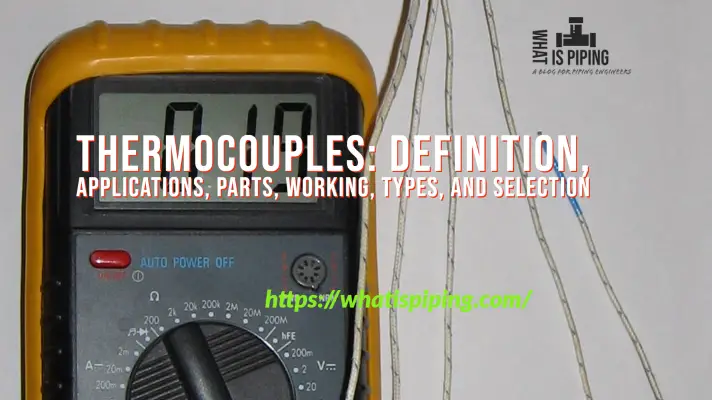


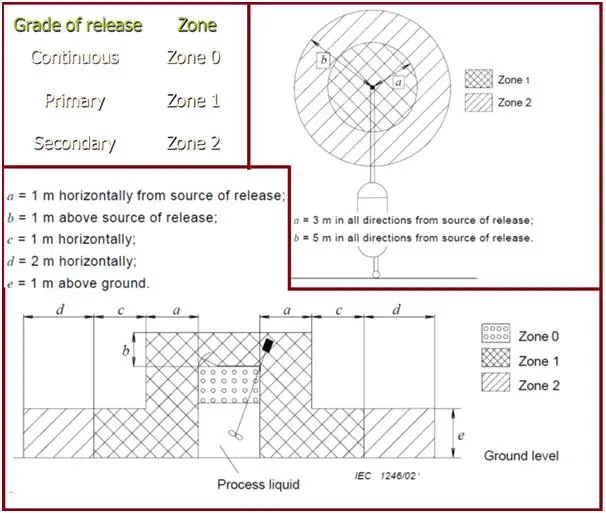

I just wanted to say thank you for making this easy to understand.